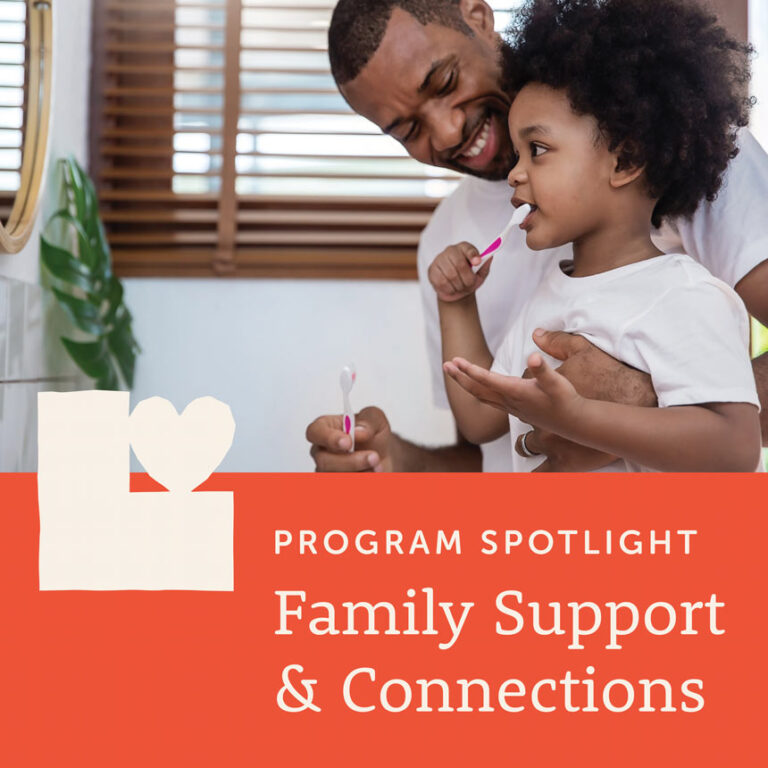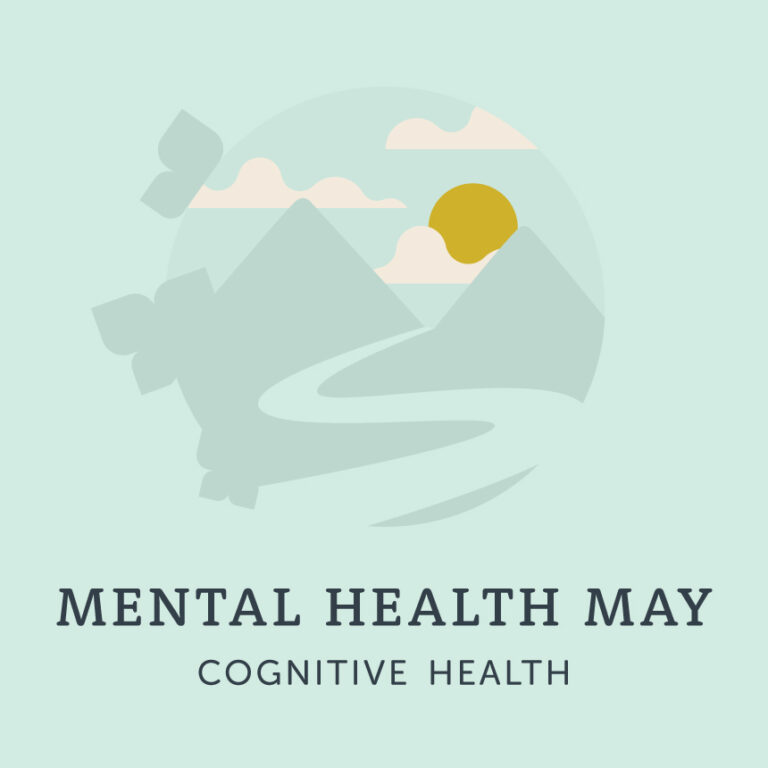
Every year, National LGBTQ Health Awareness Week is a time to combat stigma and raise awareness of the community’s need for supportive mental health services and medical care. Today, we’re talking openly about the realities of transgender health care. As behavioral health providers, our clinicians play an important role in helping gender-diverse people explore their identities and access gender-affirming care. In this article, we want to address some common myths about transgender identity and health.
Myth #1: Transgender identity is caused by a mental illness.
Fact: It’s true that at one time, medical professionals considered transgender identities to be a mental disorder – something that can also be said of gay, lesbian and bisexual identity. In recent years, every major medical and mental health organization has issued statements affirming the lived reality of trans people and endorsing access to gender-affirming care.
Providers are now instructed to treat gender dysphoria as a medical condition rather than a mental health issue. This change is not backed by politics or ideology, but is based on expert recommendations by researchers and clinicians who have worked with transgender patients over many decades.
Myth #2: Gender-affirming care is too easy to access.
Fact: Accessing hormones can involve many steps depending on where someone lives. In Oregon, doctors use an “informed consent” process, discussing the pros and cons with the patient and explaining any irreversible changes. There is also medical screening to detect underlying health conditions that could cause problems. In other states, a trans person might need to get a letter from a therapist to be referred to a gender specialist.
People seeking gender confirmation surgery are required to present at least one letter to their insurer written by a licensed mental health professional confirming their diagnosis of gender dysphoria and ability to make an informed decision about the procedure. Even after these referrals, trans and nonbinary patients can face years-long waitlists. The truth is, there are many barriers that may prevent trans people from accessing care at all. Transitioning is not an impulse decision.
Myth #3: Doctors are altering young children’s bodies.
Fact: Gender-affirming care for young children does not involve surgery or hormones. Instead, they may socially transition. The child will explore their feelings in therapy, wear clothes they find affirming, and use their chosen name and pronouns at home and in school.
At the onset of puberty, they may be prescribed puberty blockers to prevent unwanted changes to their body. These drugs have been safely prescribed to cisgender children experiencing early puberty for decades. If a child decides they aren’t transgender during this time, they can stop the medication and puberty will continue without lasting effects. This gives children and parents several years to decide if medical transition is the right decision. The World Professional Association for Transgender Health recommends waiting until at least age 14 before offering cross-sex hormone treatment.
Few transgender people have surgery before age 18, and insurance does not typically cover these procedures. While about 42,000 children and teens in the US received a diagnosis of gender dysphoria in 2021, Reuters reports that only 282 teens received gender-affirming mastectomies that year. Moreover, only 56 received any kind of genital surgeries from 2019 to 2021.
Surgeons generally only agree to operate on transgender minors when their dysphoria is so severe it presents a risk to the patient’s safety. While medical professionals continue to debate best practices, the picture trans rights opponents paint of a rushed process with little oversight is inaccurate.
Myth #4: Most trans people regret transitioning later.
Fact: Allowing someone to transition socially or medically as they desire is recognized as the best treatment for gender dysphoria. Research shows that affirming the lived experience of transgender people results in the most positive life outcomes – and that attempting to change their identity through conversion therapy is ineffective and harmful to mental health.
The regret rate for gender-affirming care is extremely low. A 2022 study in the Lancet found 98% of transgender teens continue to identify as trans and use gender-affirming hormones, and those who discontinued hormones might have done so for financial, medical or other reasons, not because they changed their minds about their gender. Another 2021 study found 82% of detransitioners did so due to external factors such as discrimination or family rejection – in other words, it was safer to go into the closet. While there are some people who realize they aren’t trans and regret transitioning, these stories are incredibly rare – estimated at only 0.4% of all trans people. The answer to these cases is to provide more information and better mental health care for people exploring their gender, not less.
Myth #5: Trans identities are a modern invention.
Fact: Cultures throughout history have celebrated gender diversity. Many Indigenous cultures have always recognized multiple genders, collectively described by the modern term Two Spirit. Other non-Western cultures have their own alternate gender categories, including the hijras of South Asia and the fa’afafines of Samoa. While not a complete list of cultural gender identities, this map by PBS provides a starting point for those wishing to learn more. Historians have even documented gender-diverse historical figures dating back thousands of years to ancient Greece and Rome.
While there are many more myths about transgender health to explore, we hope the resources linked in this article will answer some of your questions, and we will continue to publish stories that explain these and related topics.










